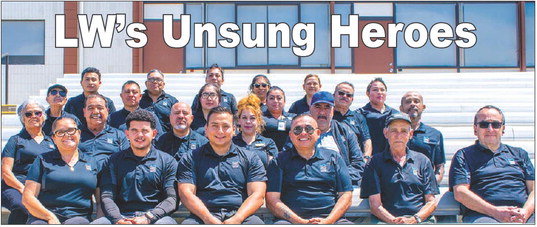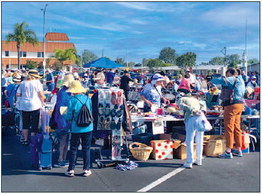centers in Los Angeles County, ….
centers in Los Angeles County, Harbor-UCLA hospital, to close for several hours on Jan. 10. “I can’t emphasize enough just how urgent and critical this blood shortage is for LA County residents,” Marianne Gausche-Hill, M.D., medical director of the county’s EMS agency, told the Los Angeles Times.
“While some types of medical care can wait, others can’t,” said Dr. Pampee Young, chief medical officer of the Red Cross, in an article on www. ems1. com. “Hospitals are still seeing accident victims, cancer patients, those with blood disorders like sickle cell disease, and individuals who are seriously ill who all need blood transfusions to live, even as omicron cases surge across the country. We’re doing everything we can to increase blood donations to ensure every patient can receive medical treatments without delay, but we cannot do it without more donors.”
Each quarter, the Health Care Center hosts an American Red Cross blood drive. But people can also register for a donation at www.redcrossblood. org or by walking in to a donation location. It’s a simple process: Donors will register their demographic information and answer some health-screening questions. Once they clear the screening, they’ll see a donation nurse who will cleanse a site on the person’s arm and insert a brand-new, sterile needle for the blood draw. Whole blood donations take about 10 minutes, during which donors are comfortably seated or laying down. Once the donation is complete, a staff person will place a bandage on the donor’s arm, followed by offers of refreshments and a few minutes to recover. And that’s it. The whole process takes less than an hour.
Once the specimen is collected, it is kept cool for transport back to a lab, where it is scanned into a database and separated into different blood components like red cells, platelets and plasma. It is then packaged into “units,” which is a standardized amount that doctors use to transfuse a patient.
Units are tested for a host of infectious diseases including hepatitis, HIV and syphilis. Those samples that aren’t deemed safe are destroyed, and the donor is notified. The process is confidential, except in cases where notification to local health departments is required by law.
When the testing process is complete and samples are deemed suitable, they are placed in storage for varying lengths of time, depending on which blood component it is. Hospitals keep a supply on hand, however, when necessary, they can also order blood that it is transported 24 hours a day, seven days a week.
Lisa Carillo is a paremedic-EMT and the community outreach coordinator for Care Ambulance/ Falck Mobile Health Corp.



